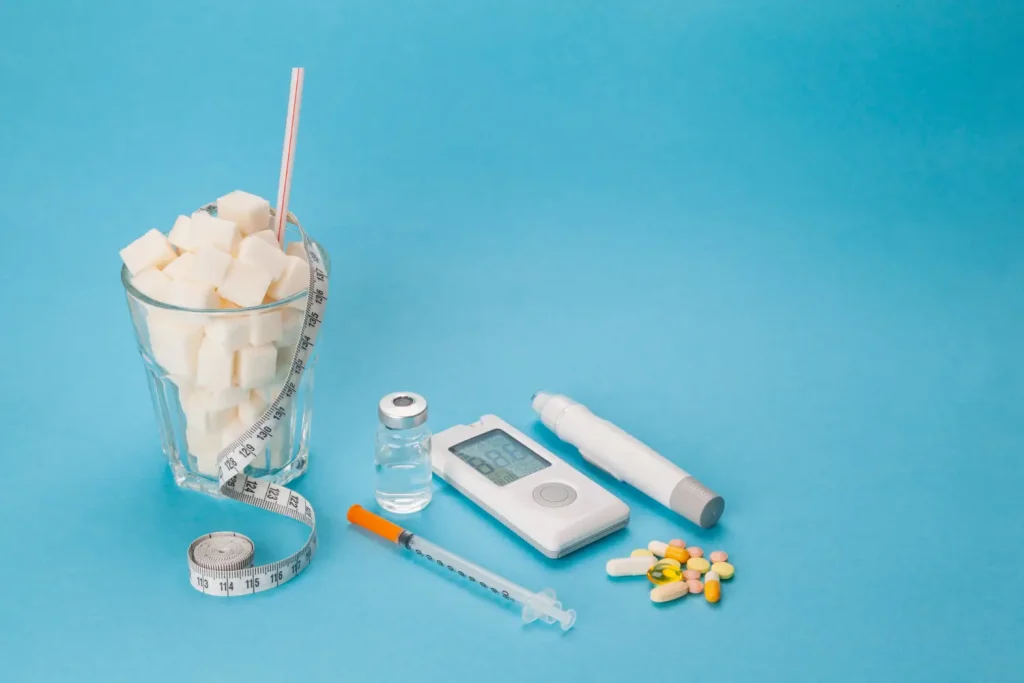Acne scarring is a phenomenon that can greatly affect the skin of many people, especially those aged 11 to 30 years old. The scarring is an inflammatory process caused by the formation of comedones and accumulated sebum in the dermal layer of the face, upper arms, chest, and back. It appears as inflammatory lesions, post-inflammatory erythema, or post-inflammatory hyperpigmentation and can be permanent.
Can Restylane get rid of my acne scars?
The most common group of acne scars is the atrophic scars, which are caused by the degradation of collagen during the healing process. It consists of icepick, boxcar, and rolling scars. The most common variation, icepick scars, are narrow, V-shaped epithelial tracts with sharp margin that extends to the deep dermis. The depth makes it resistant to conventional skin rejuvenating options. Boxcar scars are wider, with a range of 1.5 to 4.0mm circular depressions that have sharp edges. Shallow boxcar scars are more susceptible to skin resurfacing treatments than boxcar scars with depressions deeper than 0.5mm. Rolling scars, which comprise of 15 to 25% of atrophic scars, can reach up to 5mm or more in diameter. It is a result of fibrous anchoring of the dermis to the subcutis that forms an undulating appearance. Your injector will be able to determine the depth and diameter of your scars, so you can be sure to get the best results.
Why choose Restylane for acne scars?
Patients with severe acne scarring may opt for various skin treatments, such as exfoliation, dermabrasion, laser treatment, retinoids, and microneedling. However, these treatments do not guarantee successful correction in isolated acne scars. Instead, researchers and dermatologists have found that injectable fillers can help to medicate these marks.
Restylane is a collection of sterile, nonpyrogenic cosmetic fillers that have the potential to augment soft tissues and rejuvenate the hydration content of the dermal layer. The main substance, hyaluronic acid, is vital in attracting moisture to the skin for volumizing and supporting the growth of fibrous collagen tissue in the skin. The cross-linking process also maintains its endurance from enzymatic degradation.
Since it is generally used for eliminating folds, wrinkles, and filling in sunken cheeks and facial structures, dermatologists and physicians have found it to be beneficial for addressing acne scars. It is also a non-invasive treatment that does not require any clinical surgery.
How is Restylane for acne scars injected?
Using a thin 27-G needle, inject the Restylane gel directly underneath the individual scars for instant improvement. It can be injected using a cross-hatching technique or a depot injection.
Is Restylane for acne scars permanent?
An important fact to note is that the fillers in this product line are semi-permanent, and the rate of improvement gradually wanes, influenced mainly by the individual’s metabolic rate. From clinical trials, 95% of patients maintained the visible state of improvements for as long as 18 months. This long-lasting result was supported by repeated treatments at 4.5 and/or 9 months. Fortunately, the scars rarely exhibit or revert to their previous severity due to the subcision performed as part of the procedure. Patients can expect to experience having smooth and radiant skin, within Restylane’s period of effectiveness.
In conclusion, Restylane offers the immediate lift that is needed by an individual with severe acne scars. Not only it can eliminate the scars within a 30-minute procedure at the clinic, but it also heals and improves the skin with rejuvenating nutrients and natural-looking plumpness.





















